Linden
Recognizing linden
We recognize linden by:
- Its initially smooth, green-gray trunk, which later turns brown-gray with lengthways cracking.
- Its hermaphrodite flowers with five separate white petals
- Its small capsule fruits
- Its simple alternate heart-shaped deciduous leaves
- Its wide, rounded crown with branches that droop downwards

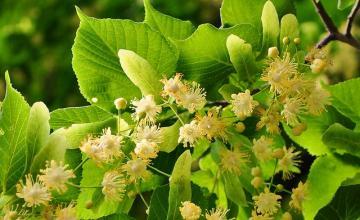
Sites favored by Linden
Temperatures
This species tolerates cold temperatures very well but does not like dry air, strong heat or urban pollution.
Rainfall
Temperate region, semi-shade species, a site with a favorable hydric balance.
Soils
Cool, even damp soils that are deep, clayey/flinty, and preferably well-drained with a neutral to acidic pH.
Linden plantation
- The linden is not necessarily intended for forest plantations. It is a standard that regenerates in a coppice. It is a companion species, often used to replenish.
Root development of the linden
- Initially a taproot system, then increasingly dense and well-branched.
Linden growth
- Tree reaching 20-30Â meters high and able to live up to 500 years.
Linden wood
- Homogeneous, easily worked timber.
- Not used where high mechanical resistance is required.
- Used in cabinetwork, moldings for frames, sculptures, turnery and pencils.
- Excellent charcoal.
- Bark used to make rope.

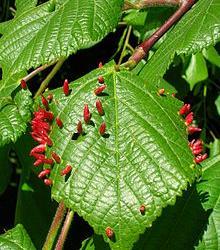
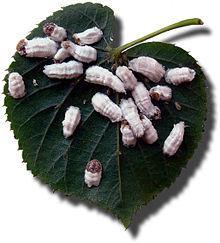

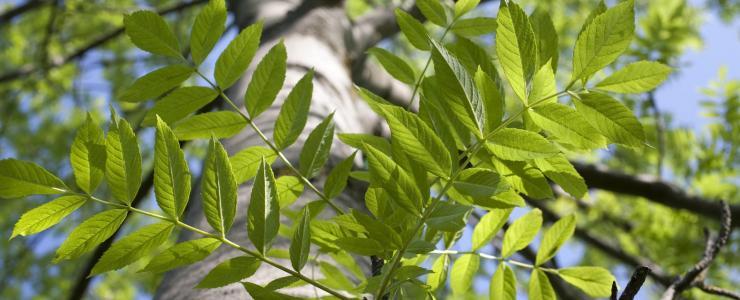

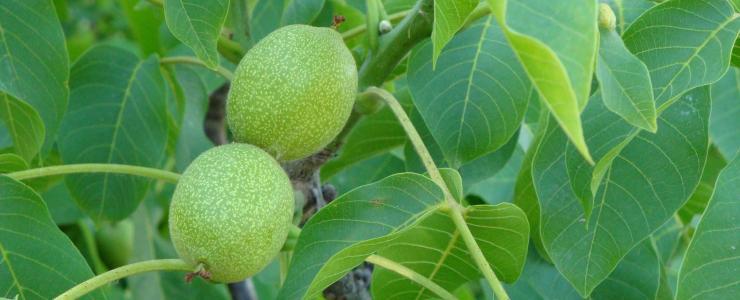
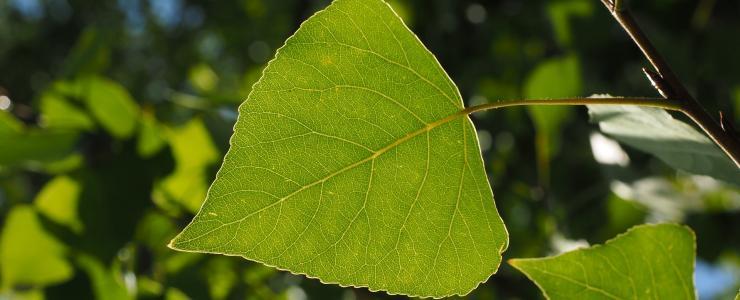


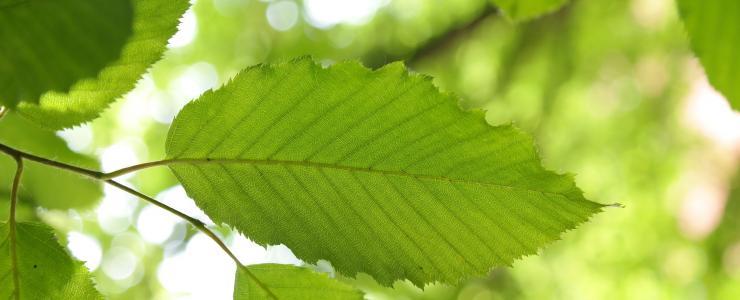
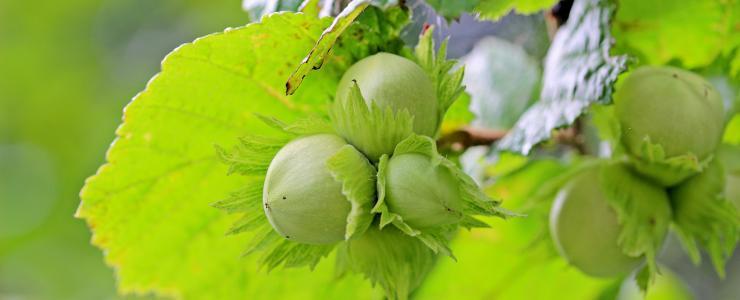

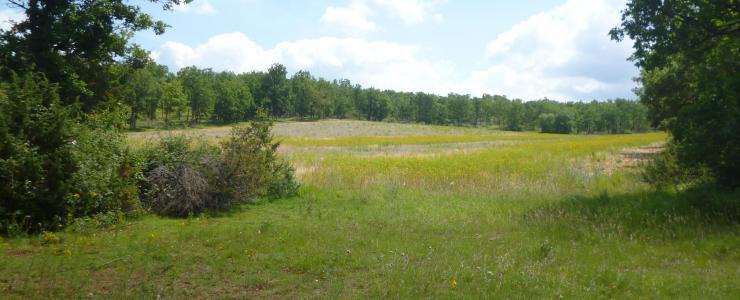

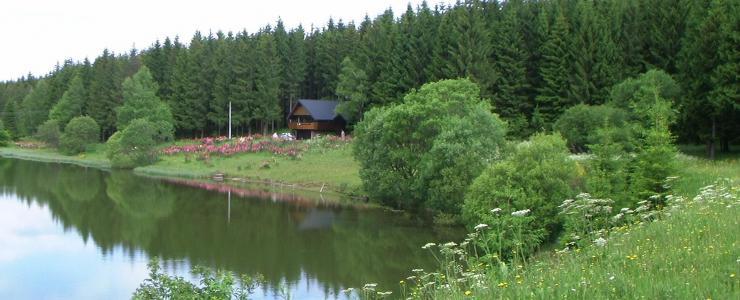

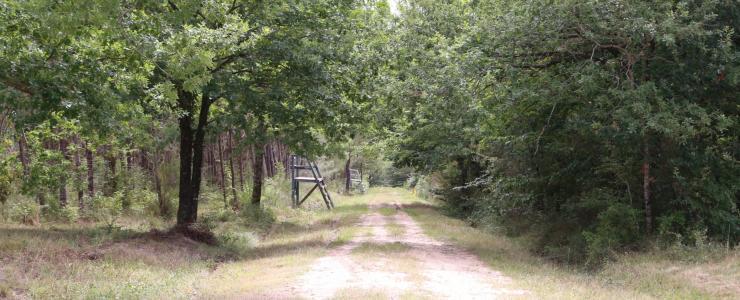
Economic view
The linden is a commercial hardwood species; its fine logs are much sought-after in cabinetwork.
There is currently high demand for export, especially to Portugal. The species is also used locally as firewood.
Linden is a secondary species and is an ideal companion species in a high forest of deciduous or conifer trees.